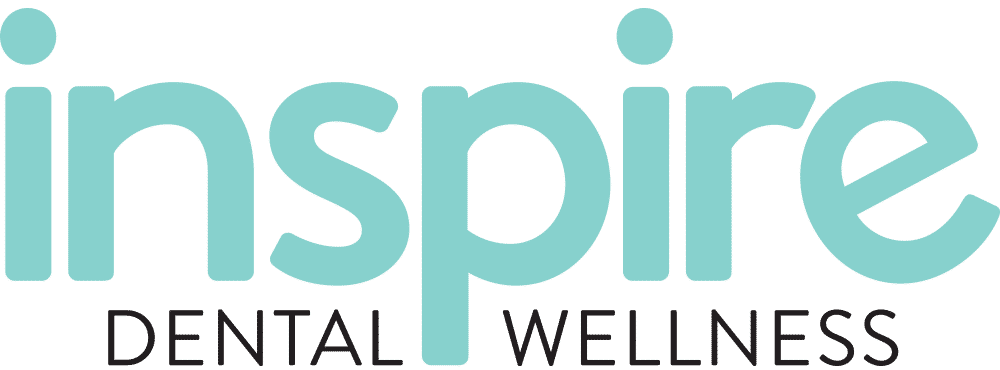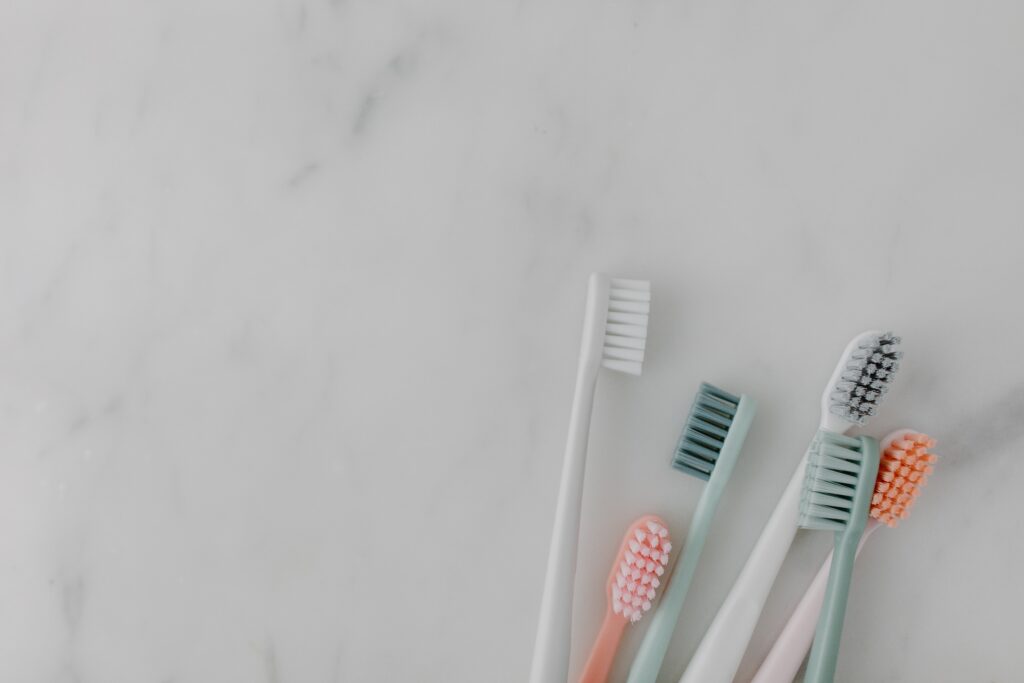With all your experience brushing your teeth over the years, you’re probably thinking, “why do I need toothbrush tips?” But the reality is that toothbrushes can be contaminated carriers of bacteria if they are improperly cleaned and stored, and even adults often need to be reminded of proper brushing techniques to avoid cavities, tooth decay, and gum disease.
For that reason, we’ve put together these four essential toothbrushing tips to help your toothbrush more effectively do its job of protecting your oral health!
Tips for Keeping Your Toothbrush Bacteria-Free
Tip #1: Choose the Right Toothbrush
When attempting to find the right toothbrush, it’s best to be like Goldilocks and find one that is “just right.” You want something with soft bristles as opposed to a hard-bristles, which can wear down tooth enamel, further making your teeth susceptible to bacteria. And make sure the handle is the right fit, and that the head is neither too big nor too small.
Many dentists recommend an electric toothbrush, either rotary or sonic technology, to help you clean your teeth with less effort.
Tip #2: Keep a Clean Toothbrush
Believe it or not, there is a best way to store a toothbrush. For instance, your bathroom counter or the edge of your sink are bacteria-laden surfaces—so why would you set your toothbrush there in between uses? Another no-no is putting your toothbrush in a closed container immediately after use, which can cause mold or bacteria growth on the brush head.
The best practice is to use a cup or other open upright holder to keep your toothbrush free of surface bacteria. Then, after you can confirm the dryness of your toothbrush without touching it with your fingers, you can store it in a closed container if you please.
How to Disinfect a Toothbrush
- Soak after use in anti-bacterial mouthwash
- Soak after use in a mixture of hydrogen peroxide and water
- Give it a monthly rinse in the dishwasher
Tip #3: Change Your Toothbrush Regularly
No matter how diligently you attempt to keep a clean toothbrush, the unfortunate reality is that toothbrush bacteria will accumulate over time, both on the bristles and the handle. In addition, regular usage will cause the bristles to become damaged and less effective.
Most dentists recommend replacing your toothbrush every three months, or if you have an electric toothbrush, switch out the brush head for a new one.
Pro Tip: Set a reminder on your phone to remind you to switch out your toothbrush three months after purchase.
Tip #4: Utilize Proper Brushing Practices
While it’s important to practice the previous three points, you need to know the proper technique for wielding your weapon against plaque and oral bacteria. But the truth is, without good brushing habits, it doesn’t matter how clean your toothbrush is—bacteria will remain in your mouth if you don’t properly utilize your toothbrush during the brushing process.
For those who might need a little refresher, here are a few recommendations to guide you the next time you pick up your “just right” toothbrush:
When to Brush: Twice a day is still the recommendation for brushing, in the morning and the evening, which will go a long way in fighting plaque buildup and getting rid of bacteria-causing food particles. Don’t be tempted to brush immediately after eating or drinking—the acidity in your mouth could actually make brushing harmful to your teeth. Instead, simply rinse with water and wait 30 minutes to give your mouth time to remineralize.
What Kind of Toothpaste to Use: The brand doesn’t matter so much as the ingredients. There are a lot of different specialized kinds of toothpaste on the market, but fluoride toothpaste is the only one that both prevents cavities and keeps your tooth enamel strong.
How to Brush: As simple as it might seem, brushing your teeth requires some technique to cleanse the teeth properly. For instance:
- Don’t begin in the same place – Choosing a random starting place to begin brushing will help ensure all your teeth receive equal attention.
- Hold the toothbrush at a 45-degree angle – The American Dental Association recommends holding the toothbrush at a 45-degree angle when you brush in order to clean between your teeth and gums most effectively.
- Short side-to-side brush strokes – Forget big comical circles; it’s quick, short, side-to-side strokes that will best scrub the surface of your teeth while brushing.
- Four minutes is all you need – Two two-minute brushing sessions—four minutes a day—are all you need to keep your teeth healthy for a lifetime.
Properly brushing your teeth, though, is only one part of maintaining optimal oral health. You’ll still need regular visits to the dentist to safeguard the health and appearance of your teeth and gums. Please contact us at Inspire Dental Wellness if you’re due for an appointment.

